Robyn Kahukiwa is one of the legends of New Zealand Picture Book illustration. She recently published Ngā Atua: Māori Gods (Oratia Books) and The Boy and his Dolphin (Little Island Press). We got Kelly Ana Morey to profile Kahukiwa and her legacy.
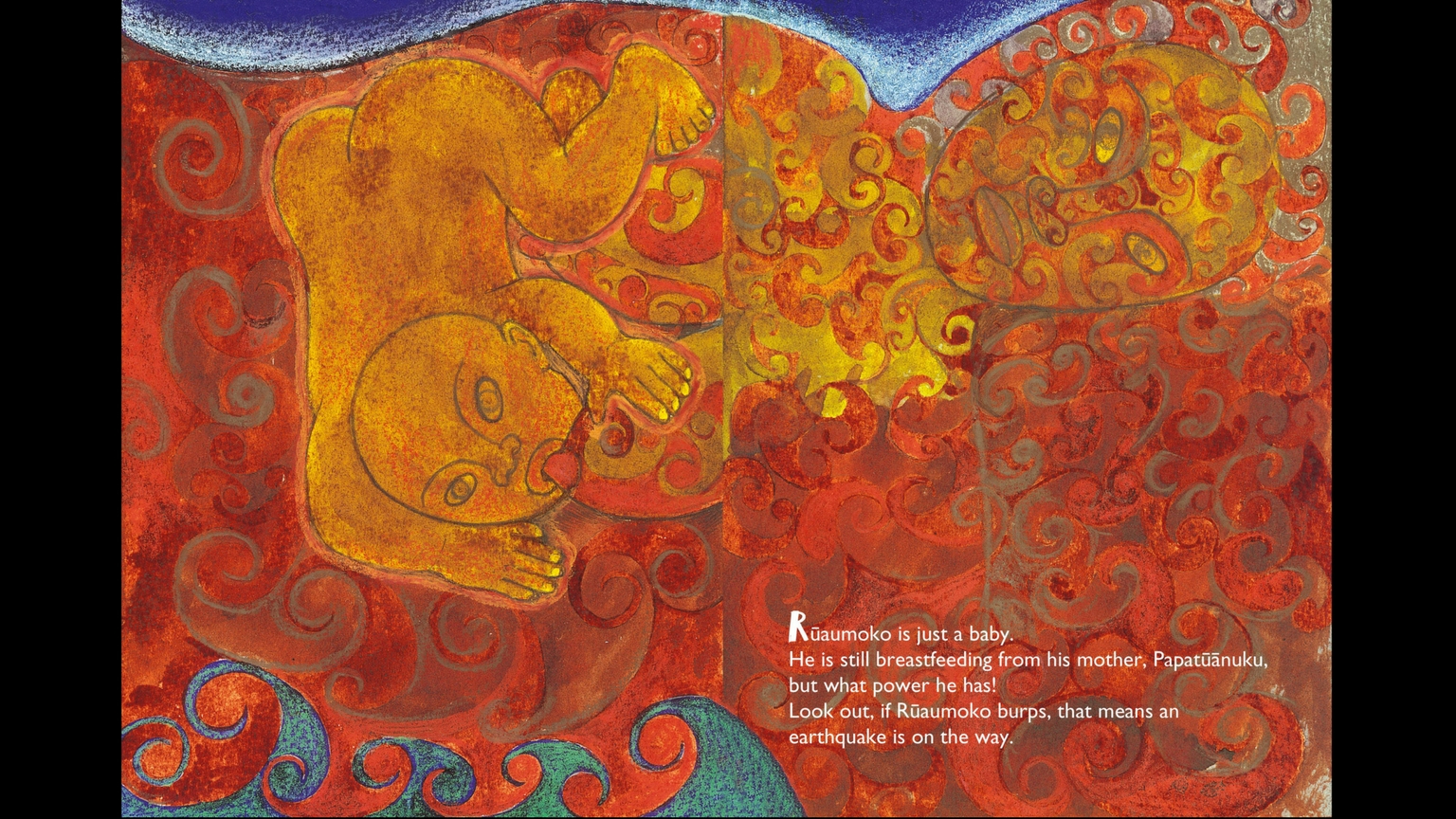
The dedication in Ngā Atua: Māori Gods by Robyn Kahukiwa reads, ‘Kia ora Kahu, I made you a book for your sixth birthday. It’s all about Ngā Atua, the supernatural beings who are important to the Māori people of Aotearoa New Zealand. I hope you like it. Arohanui, Nanny.’ However, it’s not just Kahu and Kahukiwa’s other mokopuna who will find much to love in this sumptuous and delightful introduction to the pantheon of the major Māori gods. Nor even just children.
Kahukiwa’s atua are super-heroes, which they always have been in her work around this theme of identities in the Māori spirit and atua worlds, be it illustrative or painting. They include Mahuika who carries ‘fire in her fingers’ which she hurls at her enemies. Tūmatauenga the warrior who fights ‘for truth and justice’. Maui, part-atua, part-man, who fished Te Ika-a-Maui out of the sea. Hinetītama, the dawn maiden whose ‘powers of love come with her transformation into Hinenuitepō, great woman of the night.’ The mythology about the atua and their special powers are accompanied by Kahukiwa’s wonderful illustrations.
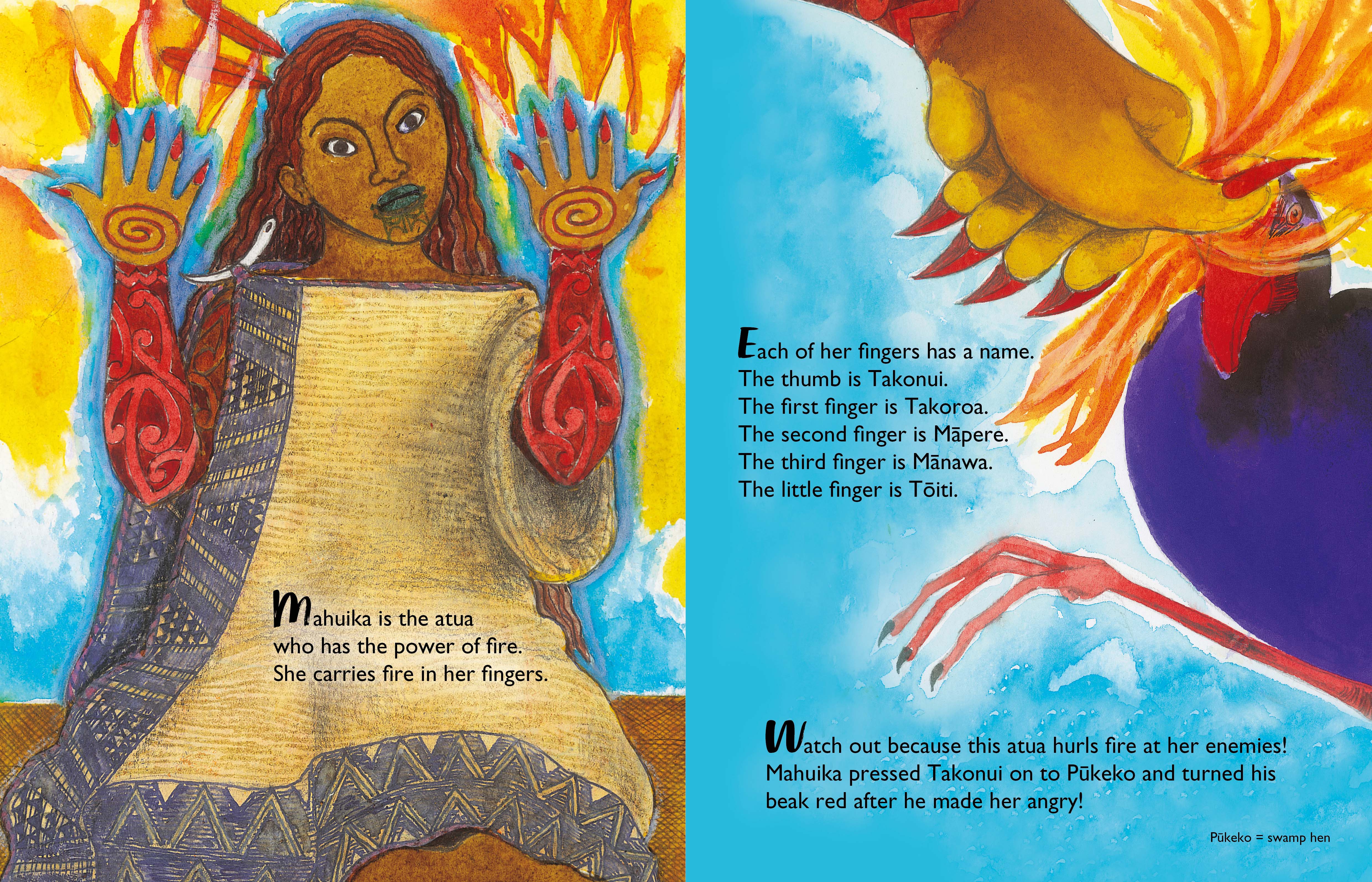
Commercial v Illustrative Art over the years
It’s a credit to Kahukiwa’s artistic skill and perhaps training as a commercial artist that Ngā Atua is entirely visually different from Matatuhi (2006) or even the recent The Boy and the Dolphin. And in fact, although in her painting practice Kahukiwa is utterly distinctive and recognizable; in terms of her illustrative work, although there are perennial Māori narrative themes, there’s no idiosyncratic Kahukiwa illustrative style. Her painting and her illustration most often are stylistically very different. Her earlier illustrative work especially was poles apart from where her own creative practice was at the time, though these two facets of her creative life developed in tandem.
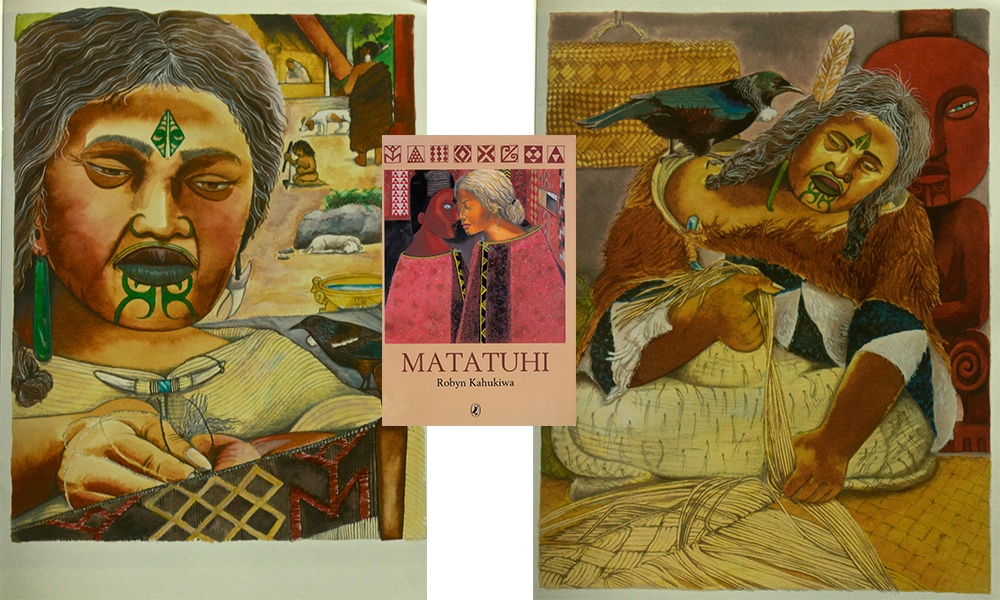
The early 80s saw Kahukiwa’s exhibition Wahine Toa tour New Zealand and the artist come to prominence in the groundswell of creativity that accompanied the Māori Rennaissance of the late 70s and early 80s. Her voice was unapologetically political, and remains so in her paintings to this day. Though visually the paintings in the Wahine Toa exhibition were completely different from those in, for example, Watercress Tuna and The Children of Champion Street, the second book she illustrated for Patricia Grace, this represents a difference in medium, rather than message.
After the success of Wahine Toa, Kahukiwa continued to paint and exhibit throughout the ‘80s, riding the momentum that accompanied a renewed and sustained interest in contemporary Māori art in New Zealand. She has an extensive record of exhibitions both domestically and internationally, and her art work is held in both public and private collections.
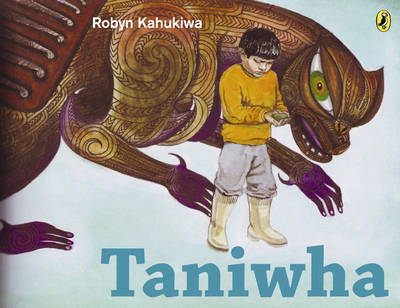
Although she published Taniwha, the first book she both wrote and illustrated, in 1986, it wouldn’t be until the mid-90s that she started producing a children’s book every few years. These were children’s books with brown faces and Māori stories, books that championed narratives completely idiosyncratic to Māori culture. These books would take her approximately six months to complete, the illustrative aspect being particularly time-consuming.
Ngā Atua: a consolidation of artistic styles
Visually, Ngā Atua is perhaps the closest Kahukiwa has come to transferring her distinctive painting style to the page.
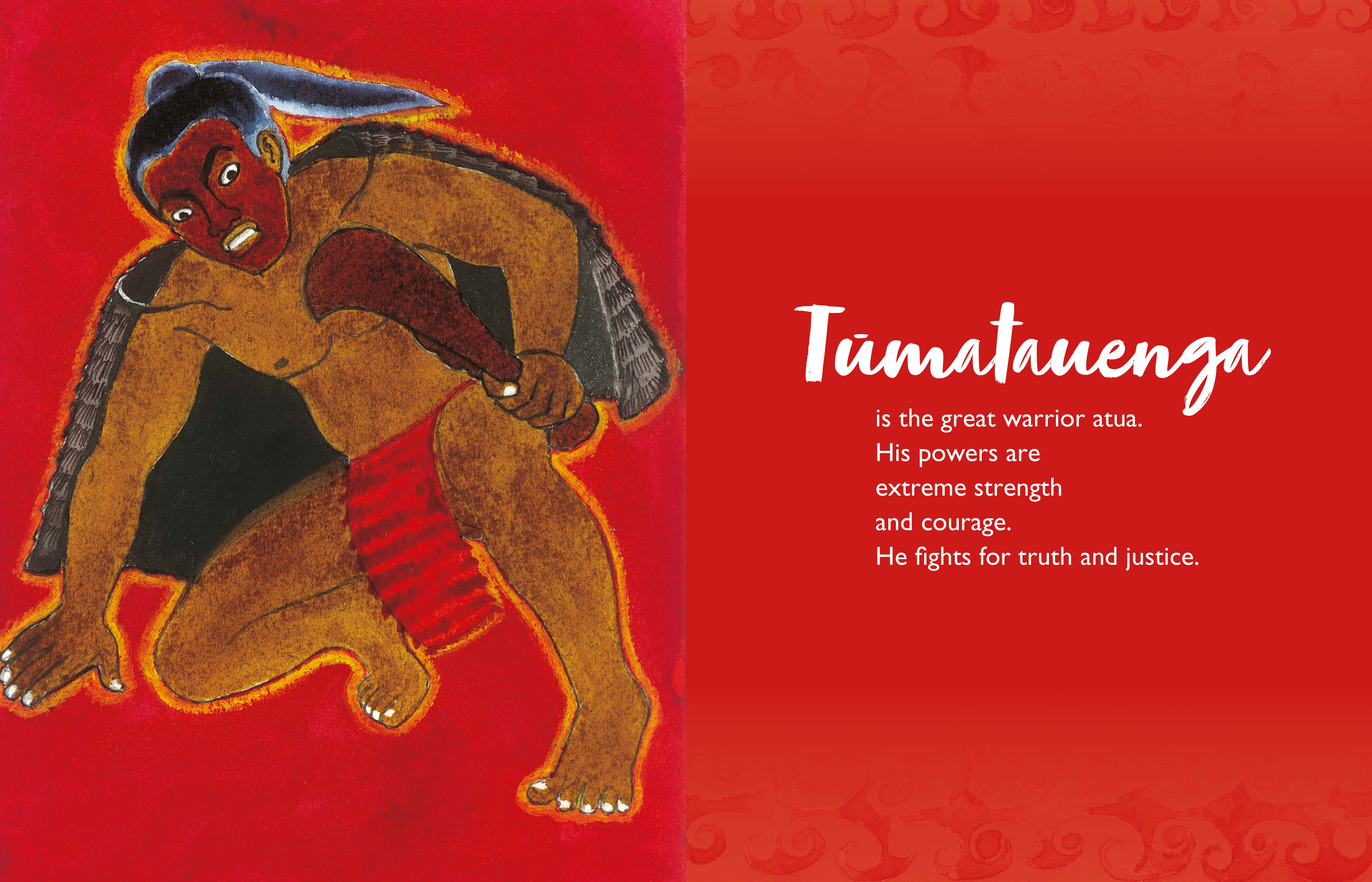
The atua are mostly depicted as they would be either in a meeting house structure or in a pounamu hei tiki pendant, something Kahukiwa has done extensively in her painting practice – not just in terms of form and composition, but also palette.
Although contemporary, the forms are also traditional, wearing their earliest visual manifestations in Māori art with such ease in today’s world. And how completely right it is that founding mythologies, the way in which Māori made sense of their natural world and the way in which early Māori visualised these atua in their carving, continue to have relevance in contemporary iterations of their forms, on canvas and page.
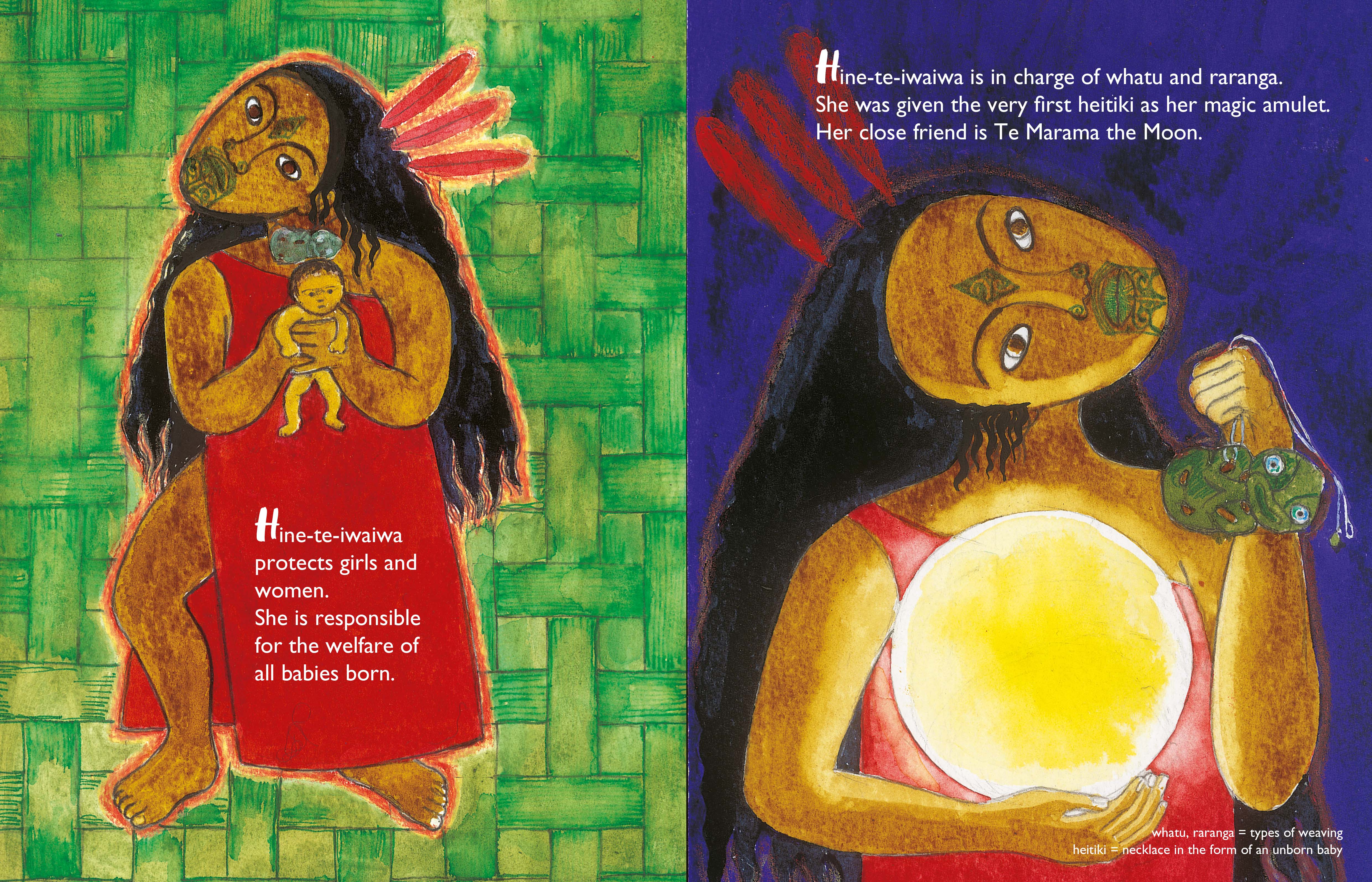
A legacy of education in Māori customs
Over the last 20 years Kahukiwa’s books have garnering critical acclaim and awards as well as becoming staples on the shelves of primary school libraries across New Zealand. For many children, they have been a first introduction to Māori culture and te reo. In 2011 Kahukiwa was recognised for her work, receiving the Te Tohu Toi Kē award from Creative New Zealand: Te Waka Toi.
As beloved as Kahukiwa’s books are, and relatively successful within a New Zealand context, she confesses that they have taken something of a toll on her financially and she’s taking a break from the business of books in order to regroup. There’s no talk of giving up painting, though she says political paintings have never been terribly lucrative. Still, there’s new work destined for Auckland and the Warwick Henderson Gallery: proof that three decades on from the heady days of Wahine Toa, Kahukiwa paintings continue to resonate with collectors.
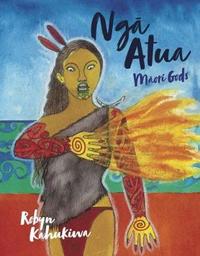

Kelly Ana Morey
Kelly Ana Morey is an award-winning writer of fiction mainly, though she also writes social history and dabbles in lifestyle journalism. Her latest book is Daylight Second(2016), a novel about Phar Lap.



